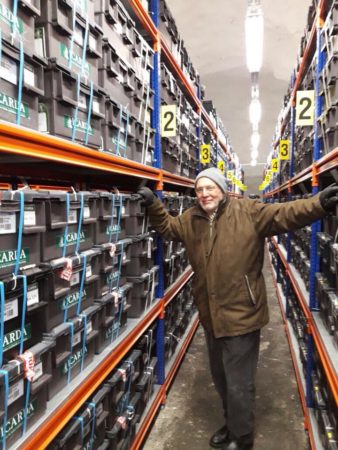Last week saw something of a Big Spatial Data blitz, and not just Kofi Annan’s Nature piece in which he pithily set out why data — both big and small — is important:
Data gaps undermine our ability to target resources, develop policies and track accountability. Without good data, we’re flying blind. If you can’t see it, you can’t solve it.
The occasion for the aphorism was a monumental study in the same journal on “Mapping child growth failure in Africa between 2000 and 2015,” which plotted various child heath and education variables over the entire African continent at the unbelievable resolution of 5×5 kilometres. Interestingly, other spatial data, this time on agricultural production and nutrient diversity (which we have blogged about), was used to explain patterns in child growth stunting. There was also a call in the correspondence section of Nature to “democratise” smallholders’ access to such data.
But that wasn’t all.
A study in the American Journal of Agricultural Economics on “Food Abundance and Violent Conflict in Africa” used a huge spatial dataset of population, agricultural production and conflict locations. It found that, contrary to expectation, “[a]lthough droughts can lead to violence, such as in urban areas; this was … not … the case for rural areas, where the majority of armed conflicts occurred where food crops were abundant.”
And, finally, there was “Winners and losers of national and global efforts to reconcile agricultural intensification and biodiversity conservation” in Global Change Biology. Unhelpfully titled, the more interesting finding of this study was that the “uneven spatial distribution of both yield gaps and [vertebrate] biodiversity provides opportunities for reconciling agricultural intensification and biodiversity conservation through spatially optimized intensification.”
Will all these pretty maps be used? Perhaps Lawrence Haddad said it best (not for the first time) in a tweet referring to the malnutrition study:
I’d add one thing. It’s probably too much to ask for “the powerful” to learn some GIS, but researchers could get better at helping them to bring together and explore disparate datasets such as these three in powerful, easy-to-use visualisations.
LATER: I forgot one: there’s also a new global dataset on evaporative stress index.
